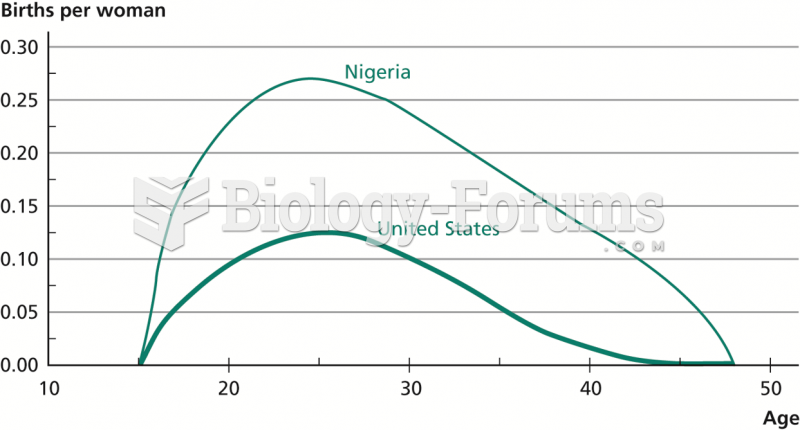Answer to Question 1
ANS: 3
Using closed-ended questions helps the nurse to acquire specific information about health prob-lems such as symptoms, precipitating factors, or relief measures in an efficient manner. Channel-ing is where the nurse uses active listening techniques, such as all right, go on, or uh-huh, to indicate the nurse has heard what the client said and encourage the client to elaborate further. Using open-ended questions prompts the client to describe a situation in more than one or two words. Because it allows the client the opportunity to tell their story and reveal what is important to them, it is not the most efficient method of obtaining specific information regarding a client's signs and symptoms of a health problem. In problem-seeking technique, the nurse takes the in-formation provided in the client's story to more fully describe and identify the client's specific problems. Using closed-ended questions would be the most efficient method for obtaining spe-cific information about the signs and symptoms of a client's health problem.
Answer to Question 2
ANS: 2
The first step in establishing the database is to collect subjective information by interviewing the client. The physical examination follows the client interview so that data can be verified. A re-view of medical records is not the first step the nurse should take in the process of data collec-tion. The medical record is a valuable tool for checking the consistency and congruency of per-sonal observations made during the client interview. Discussion with other health team members may provide additional information and be used to relay information, but is not the first step in the process of data collection.







